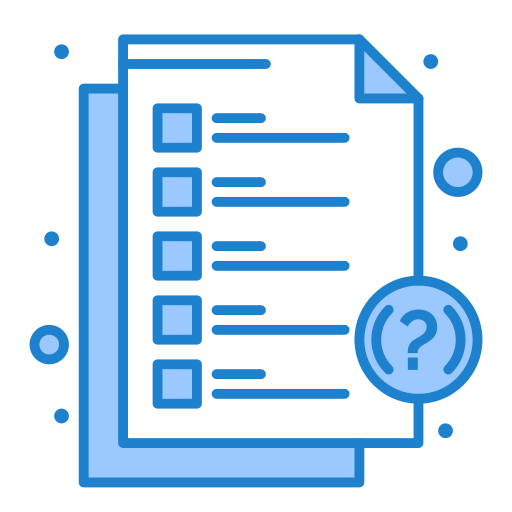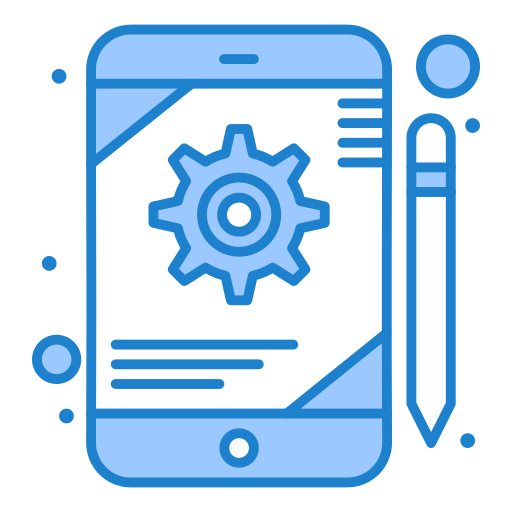
 The term 'Layout and Formatting of Proposals' refers to the structured organization and aesthetic presentation of a sales proposal's content. This aspect of proposal management is crucial as it impacts the readability, persuasiveness, and professional appearance of the proposal.
The term 'Layout and Formatting of Proposals' refers to the structured organization and aesthetic presentation of a sales proposal's content. This aspect of proposal management is crucial as it impacts the readability, persuasiveness, and professional appearance of the proposal.
Effective layout and formatting help ensure that the proposal is not only appealing to look at but also logically organized, making it easier for potential clients to understand and evaluate the offered solutions.

Common issues in proposal layout and formatting include overcrowded information, inconsistent styles, poor readability due to color choices, and lack of alignment between visual elements and text. Addressing these issues involves adhering to design principles and focusing on creating a user-friendly document.
 Case Study 1: Tech Solutions Inc.
Case Study 1: Tech Solutions Inc.
Tech Solutions Inc. revamped their proposal layout by adopting a standardized template that included a consistent font scheme, branded color palette, and predefined sections for company introduction, client needs analysis, proposed solution, pricing, and case studies. This not only shortened the proposal preparation time but also increased their proposal acceptance rate by 20%.
Case Study 2: GreenBuild Constructors
GreenBuild Constructors faced challenges with their proposals being too text-heavy and difficult to digest. They introduced more white space, bullet points for key benefits, and incorporated infographics to represent their sustainability metrics. These changes made their proposals more engaging and improved client response time by 30%.
 To effectively implement superior layout and formatting in sales proposals, consider the following best practices:
To effectively implement superior layout and formatting in sales proposals, consider the following best practices:
 For further reading and more in-depth understanding, the following resources are recommended:
For further reading and more in-depth understanding, the following resources are recommended:
By adhering to these guidelines and continuously refining the proposal process, organizations can significantly enhance the effectiveness of their sales proposals, leading to better client engagement and increased success rates in securing contracts.
The layout and formatting of proposals are crucial in sales proposal management as they impact the readability and professionalism of the document. A well-formatted proposal helps in clearly presenting the information, making it easier for potential clients to understand the offered solutions and benefits, thereby increasing the likelihood of winning the business.
Best practices for the layout of sales proposals include:
Effectively using visuals in your proposal's layout involves:
Common mistakes to avoid in formatting sales proposals include:
Yes, there are several tools and software solutions designed to assist with the layout and formatting of proposals. Popular options include Microsoft Word and Google Docs for basic proposals, while more specialized software like Adobe InDesign, Canva, and proposal management software like Proposify offer advanced features for creating visually appealing and well-structured documents. Many of these tools come with pre-designed templates that can be customized to suit specific needs.